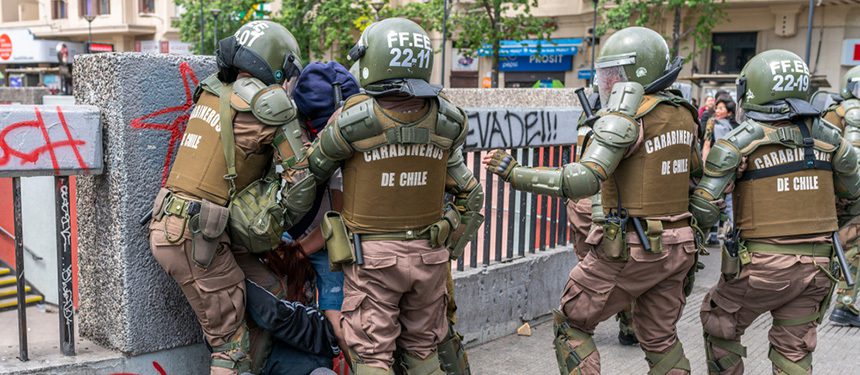Significant civil unrest in Chile prompts an evacuation request
Violent demonstrations are not unusual in Santiago, Chile, but protests in October 2019 were some of the most volatile in recent years. Rioting was widespread across the city, with multiple fatalities, prompting the government to declare a ‘state of emergency’. For a medical research charity holding an annual conference in the city, the worsening security situation exceeded their risk appetite and they decided to cancel the event and evacuate 22 employees.

The challenge
Healix’s Global Security Operations Centre (GSOC) had been monitoring the deteriorating conditions in Santiago for weeks, providing clients with proactive analysis and forecasting to help them mitigate the impact. The intelligence team had also established ‘triggers’ that would help our clients identify conditions that would warrant escalating their evacuation posture.
When these triggers were met, the GSOC escalated its operational readiness. The team have a five stage escalation process that ranges from ‘business as usual’ to the standing up of a full Incident Management Team, with dedicated operational, logistical and intelligence personnel operating 24/7 to assist clients.
When the request for evacuation was made, the team were already on level three of their escalation process with ground assets on standby and provisional plans in place. The team needed to decide whether a ground move would potentially place evacuees at greater risk than if they were to remain in a secure location. In this case, we had a window of opportunity to evacuate.
Our approach
The potential for conditions to rapidly change meant that it was important to move quickly.
The Healix GSOC secured bookings on the few commercial flights available. Each evacuee had a different destination location and the team carefully reviewed the itineraries and assigned them into eleven groups. They were continually kept informed and received a ‘Plan of Action’ report outlining the evacuation schedule, ground team details, risk mapping and operational protocols.
Outcome
For these eleven evacuee groups, the GSOC used four ground teams. Each team comprised of a bilingual close protection officer and security driver. One team, which had an additional medic, was kept on standby in the vicinity as a Quick Reaction Force in the event of a breakdown, road traffic collision, medical or security incident. Each ground move was tracked by the Healix GSOC and progress was communicated to the client’s risk manager and insurer in the form of real-time updates.
Within 48 hours of the initial request, Healix extracted all of the client’s 22 evacuees to their various countries of origin.